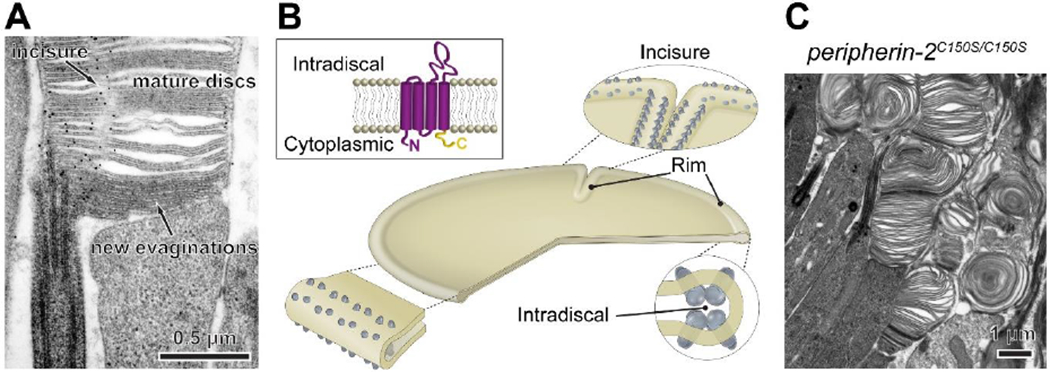Figure 6. Peripherin-2 fortifies the disc rim.

(A) Immunogold labeling shows that, in newly forming discs, peripherin-2 localizes only to the disc rims adjacent to the axoneme and is absent from the elongating disc edges. In mature discs, peripherin-2 localizes to the entire disc rim, including incisures. Shown is an uncropped version of an image from [16]. (B) Illustration of peripherin-2 localization in a disc. Long, self-assembling chains of peripherin-2 oligomers extend circumferentially throughout the disc rim to form and maintain its hairpin-like shape. Peripherin-2 oligomers similarly regulate the formation of disc incisures and fortify their rims. The image is modified from [71]. The rectangular inset illustrates the organization of the peripherin-2 molecule. The tetraspanin body (purple) is critical for supporting disc rim structure, while the C-terminus (yellow) is essential for preventing the release of ciliary ectosomes. (C) The C150S mutation of peripherin-2, which prevents its high-order oligomerization, causes major outer segment abnormalities in knockin mice. Tannic acid staining reveals the presence of both darkly stained (open) and lightly stained (enclosed) membrane structures, suggesting that high-order peripherin-2 oligomerization is not essential for disc enclosure.
